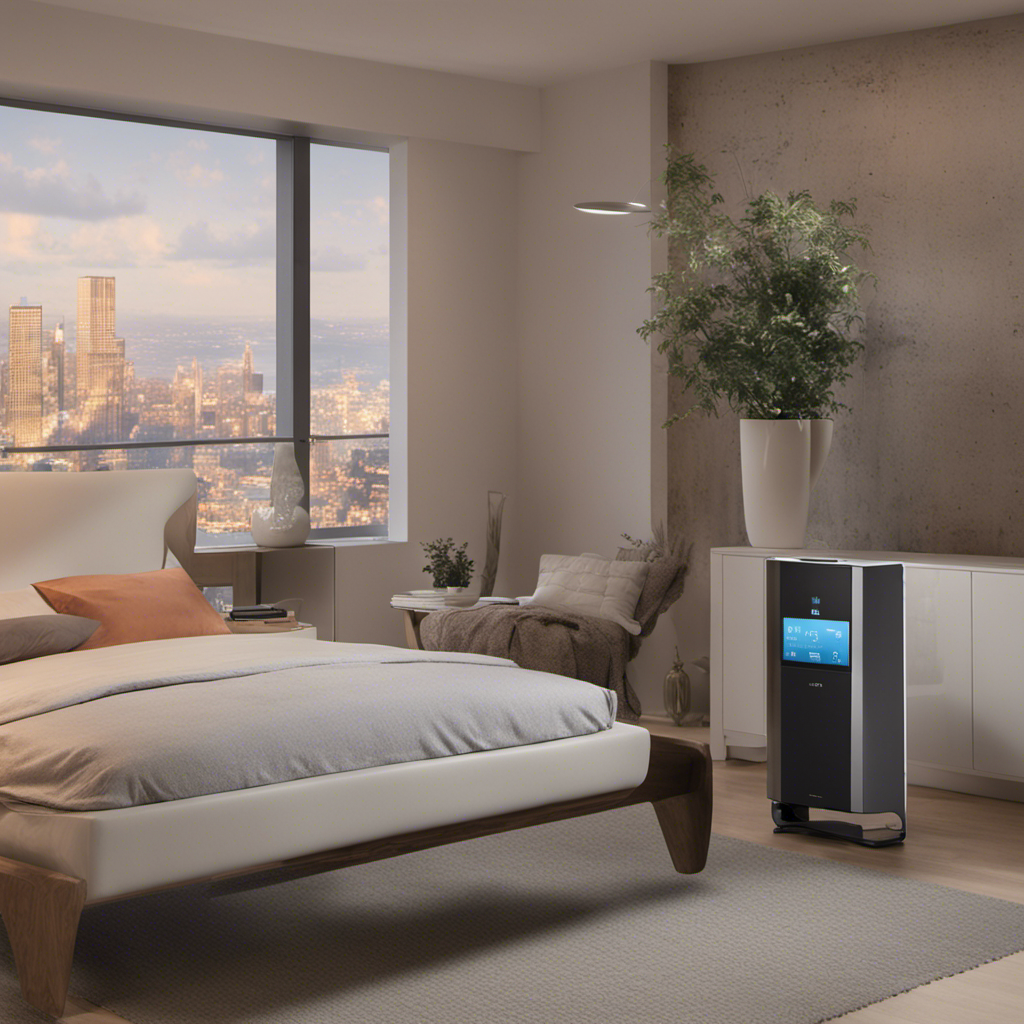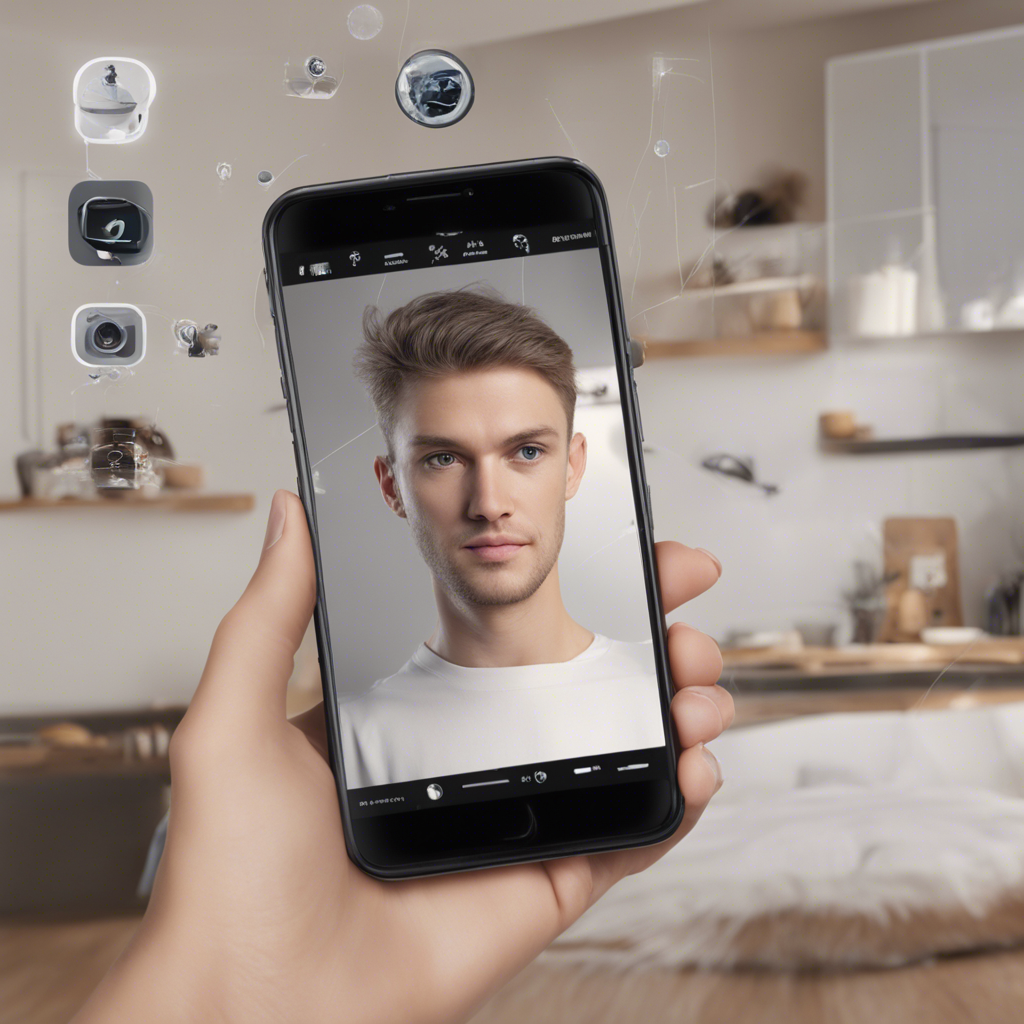
As technology continues to advance, our homes are becoming smarter and more interconnected. The Internet of Things (IoT) has revolutionized the way we interact with our living spaces, making them more efficient, convenient, and secure. In this blog post, we will explore the concept of IoT and its impact on smart homes, providing readers with a detailed insight into this rapidly growing field.
Understanding the Internet of Things (IoT)
The Internet of Things refers to a network of physical devices, vehicles, appliances, and other objects embedded with sensors, software, and connectivity that enables them to collect and exchange data. These devices are capable of communicating with each other and can be controlled remotely, creating a seamless ecosystem of interconnected technologies.
IoT technology has found numerous applications in various industries, including healthcare, agriculture, transportation, and, of course, our own homes. Smart Homes, equipped with IoT devices, offer homeowners a wide range of benefits and capabilities, transforming the way we live.
The Evolution of Smart Homes
Smart Homes are residences equipped with IoT devices that automate and control various aspects of everyday life. From intelligent lighting systems to voice-activated assistants, smart thermostats to security cameras, these devices work together to enhance comfort, convenience, energy efficiency, and safety within our homes.
The concept of smart homes has evolved over time, with more advanced technologies and improved connectivity. Today, homeowners can remotely manage and monitor their homes through smartphone apps, voice commands, or centralized control panels. These systems can integrate with a multitude of devices, appliances, and sensors, creating a cohesive smart ecosystem.
Benefits of IoT in Smart Homes
The integration of IoT technologies into smart homes offers a multitude of benefits for homeowners:
1. Convenience and Automation
Smart home devices can automate routine tasks, making everyday life more convenient. For example, smart lighting systems can adjust the brightness based on natural light or occupancy, while smart thermostats can learn and adapt to homeowners’ temperature preferences.
2. Energy Efficiency
IoT-enabled smart homes allow for efficient energy consumption. Smart thermostats can optimize heating and cooling, saving energy and reducing utility bills. Automated lighting systems turn off lights when a room is empty, reducing unnecessary energy consumption.
3. Security and Safety
Smart home security systems provide enhanced protection through features such as surveillance cameras, motion sensors, and smart locks. Homeowners can monitor their properties remotely, receive alerts in case of suspicious activities, and even grant access to visitors while away.
4. Health Monitoring
IoT devices can also contribute to health monitoring within smart homes. For instance, wearable devices can track vital signs and provide real-time health feedback, enabling early detection of potential health issues.
5. Accessibility and Aging in Place
Smart homes can greatly benefit individuals with mobility limitations or the elderly who wish to age in place. IoT devices can help automate tasks, provide remote assistance, and improve overall accessibility within the home.
Challenges and Considerations
While IoT and smart homes offer tremendous advantages, there are also challenges and considerations to keep in mind:
-
Privacy and Security: As with any interconnected system, privacy and security are important concerns. Homeowners must ensure the devices and networks they use are properly protected against potential threats.
-
Interoperability: With numerous IoT devices available from different manufacturers, ensuring interoperability can be challenging. A cohesive ecosystem requires devices that can communicate and operate seamlessly together.
-
Reliability and Dependency: Smart homes heavily rely on technology and internet connectivity. Any disruptions in connectivity or malfunctioning devices may temporarily limit functionality until issues are resolved.
-
Cost: The initial cost of implementing smart home systems and purchasing IoT devices can be a significant investment. However, the potential long-term utility savings and added value to the home may outweigh the initial expenditure.
Conclusion
The Internet of Things has revolutionized our homes, empowering us with smart home technologies that offer convenience, energy efficiency, security, and improved quality of life. The seamless integration of IoT devices within our living spaces allows for automation, control, and monitoring like never before.
As smart homes continue to evolve, homeowners must stay informed about new technologies, ensure privacy and security, and consider the benefits and challenges associated with IoT. By embracing the potential of the Internet of Things, we can create homes that are not only connected but also more efficient and enjoyable to live in.
References:






